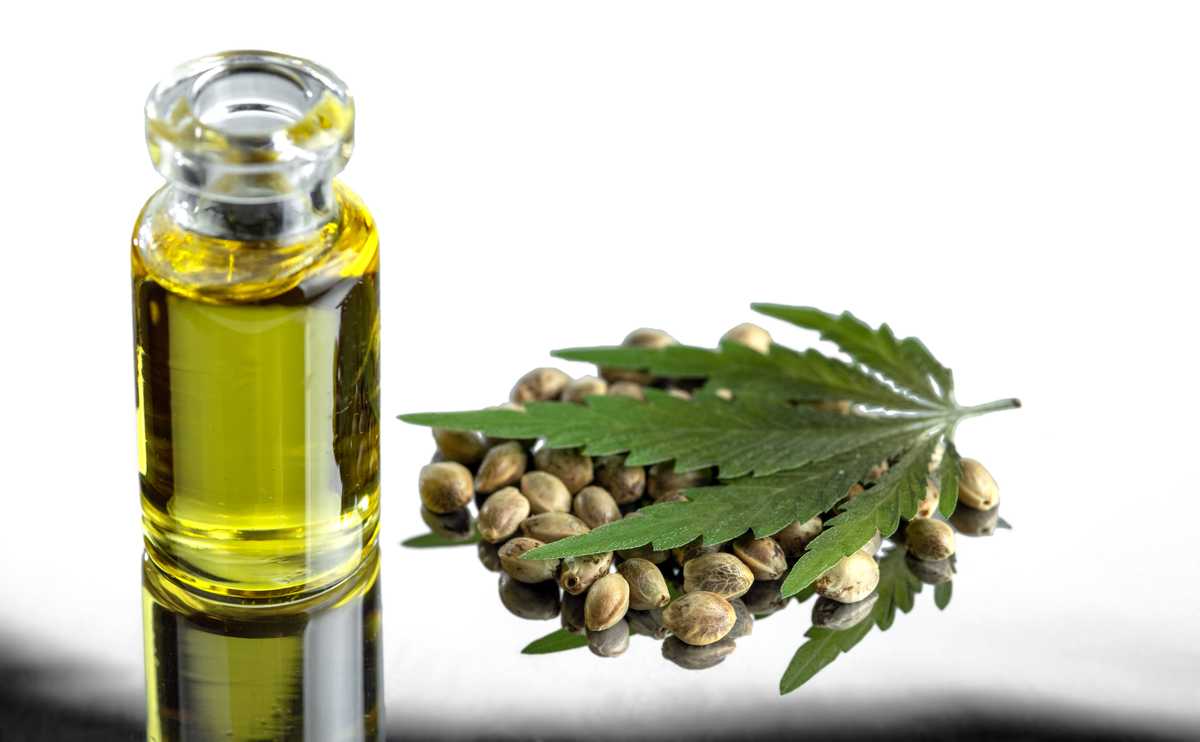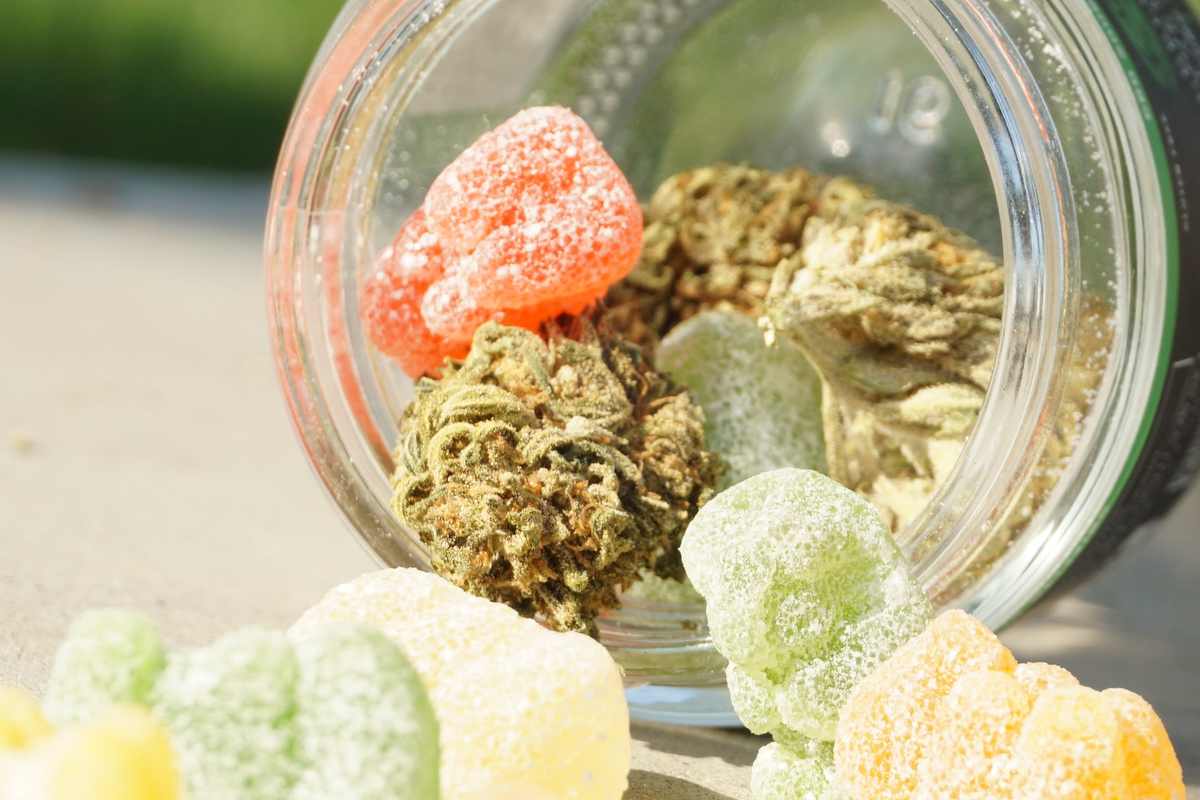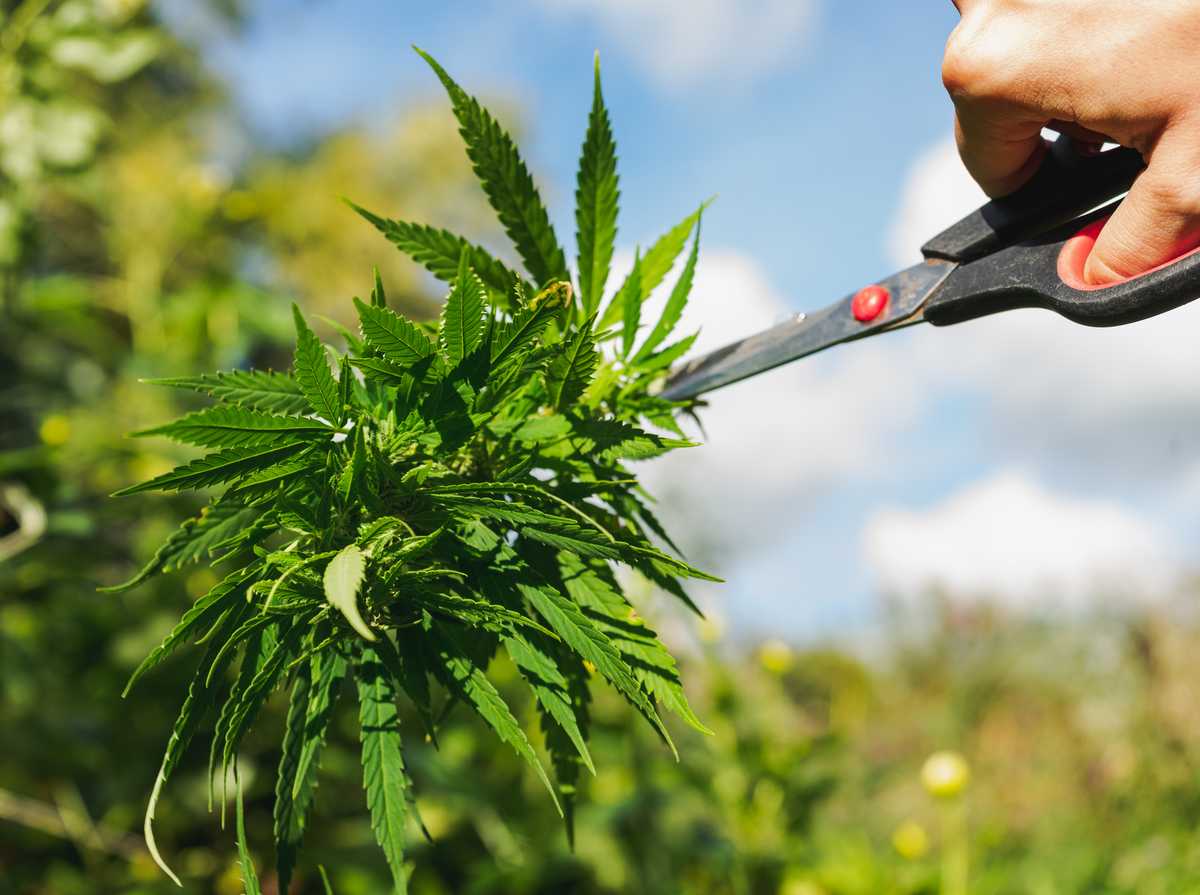
Hydroponic Grow Tents Guide
- An overview of Hydroponic Grow Tents
- Why Use a Grow Tent?
- Setup a Tent: The Materials
- Grow Tents
- How To Assemble, Grow Tents
- What about CO2?
- What to do after you set up your grow tent
- Conclusion: an overview of grow tents
Growing indoors isn’t new, but the technology and methods have changed since legalising cannabis in North America!
Do you want to set up your first tent? You are in the right spot! Tents for indoor gardening are a key tool. Once you have the basics, it’s easy to set them up.
You can recreate nature in your environment with a grow tent. When you use a grow tent correctly, you can create the weather.
It is important to remember the grow tent is not the entire structure. You will need other equipment to create a reliable indoor gardening system.
Hydroponics and indoor cannabis growing may still be illegal in Canberra, ACT or anywhere else in Australia.
You can read more about the ACT laws here!
Companies selling tents and indoor cultivation equipment (hydroponic) that are knowingly used for prohibited plants are also illegal.
This is the most difficult part of the process. This article will discuss how to set up indoor grow tents.
Note, it is recommended to check your local laws around indoor cultivation before jumping into any home grow project!
Table of Contents.
An overview of Hydroponic Grow Tents
Hydroponics is the method of growing plants without soil. It is also a subset in hydroculture.
This method allows plants to be fed water using a mineral nutrient solution. You can use hydroponics in many ways.
Hydroponics can be used to grow any type of plant at any time, regardless of where you live. It may be used with a drip system, water culture system, wicks system or aeroponic system.
These systems are complex and require careful selection of each component. If you are serious about hydroponic gardening, you need to be familiar with the details before buying.
What are Hydroponic Grow Tents?
The hydroponic tents can be used to create a self-contained space for growing plants without the need to rebuild your entire home.
You can create the ideal conditions for your plants by creating a little bubble. You can change the temperature, humidity and light conditions.
Tent Growing Benefits
These tents can be used to make a space that has certain boundaries. You can use a portion of your room for growing and the rest for other purposes.
Grow tents are ideal for those with limited space or who don’t want to give up their entire garage for plants.
You can even make different environments for different cultures by using multiple grow tents.
A tent makes it much simpler to move your growing space from one location to another.
Many grow tents have various ports and holders that make it easy to set up wires, grow lights, and other equipment.
Tents for indoor and outdoor use
You probably plan to use an indoor hydroponic growth tent for your hydroponic gardening.
You can also find outdoor hydroponic growth tents. These are great if your area has constantly changing weather that could cause damage to your plants.
You can set the temperature and humidity inside your tent to suit your culture, no matter what outside conditions are. If you don’t have enough space in your house, outdoor tents can be used.
Other Accessories
After setting up your grow tent, it is time to add accessories to make your hydroponic garden a success.
Grow lights can help your plants grow. A hydroponic system is the best. Connect your ventilation devices. Select the best seeds and mineral nutrients for your plants.
In the ideal world, you would want as much space as possible within reach of your light.
Read about the difference between Hydro & Bush weed here!
What Do You Need To Setup a Grow Tent?
Space-dependent height is also a factor. We recommend at least 150cm. If you start your plants early, 120 cm is possible.
You will lose some height and space for your exhaust fan filter, light and light. These items will also need to be placed inside your tent.
Sativas will be a problem due to their height. If you don’t have a tent high enough, stick to Indicas or Indica-dominant hybrids.
Why Use a Grow Tent?
A tent makes indoor soil and hydroponic gardening much more manageable. Because you can control the growing environment, you can grow crops year-round.
Hydroponic indoor growing with tents tends to produce better harvests, better organization, and have minor problems with diseases and pests.
Two critical technical points make a grow tent the best choice for an indoor garden.
Space-efficient & Total Environmental Control
A grow tent can help alleviate many of the worries associated with growing indoors.
Grow tents are a great way to create different environments for your plants in one room. This is the best thing about it.
If you are a hydroponic grower, grow tents can provide the ideal environment for your plants. Hydroponics is an excellent option that uses grow tents because they provide a cleaner environment than an outdoor setting.
Simplicity and Ease in Gardening
You can use a grow tent to:
- You don’t have actually to build a grow space
- You can easily set up and transport your growing environments
- A grow room is more expensive
- In just minutes, you can deconstruct an entire set-up.
You can also use grow tents to simplify other equipment. Quality grows tents have a variety ports to fit various sizes of fans, holes for wires, holders for grow lights and waterproof floor trays.
They also come with reflective coatings on the inside that improve light utilization, lightproof heavy-duty exteriors, windows, and many other features.
Setup a Tent: The Materials
This is a list of all the tools and materials you will need to set up your first grow tent.
Below, I will go into more detail about each section. While you don’t necessarily need all the items on this list, serious growers will often have them all.
Grow Tent
- Grow Light
- Hood/Reflector
- Hanging Equipment
- Power Strips
- Timer
Proper Ventilation
- Carbon Filters
- Ducting
- Duct clips
- Fans
Other
- Humidity and Temperature Gauge
- Basic Assembly Tool
- Plants
- Tapes and Fasteners
Grow Tents
Gorilla is the most popular 3x3 grow tent currently on the market.
Space is often the most important limiting factor. Make sure your tent has enough height to hold the plants you are interested in growing.
We have a handy guide to help you choose the right grow tent.
Straps, Holders, Holders, and Reflectors
Your plants need to have a grow light to get the nutrients they require. You will need one for every five plants.
Too much light can cause them to burn and require extra ventilation. To keep the heat out, you will need more light. Too little light will result in a poorly performing garden.
There is a sweet spot in the sky for grow lights, and we should strive to get there as often as possible.
A good rule of thumb for HID grow lights is to use 45-70 Watts per square foot of tent space.
If you use low-intensity LED’s (Mars or Epistar, for example), this rule still applies.
No matter what type of light you choose, you will need light rope ratchets in order to keep it safe.
If your tent is small, It would be best if you were careful about lighting when you have a small tent (minimum 2’x2.5’).
Avoid choosing a large-scale lighting setup. The heat generated by the tent will quickly fill it and make gardening difficult.
High-quality, broad-spectrum LED grow lights are recommended for tents this size.
Ventilation and Air Flow
Will your tent get very hot? Does your grow tent have to be odour-proof? Pay more attention to the ventilation of your grow tent.
It’s simple. Plants require adequate air exchange to thrive. However, sometimes your room can get too hot, such as when you use HID grow lights.
Proper ventilation will allow your plants to breathe and keep your tent’s temperature and humidity within a comfortable range.
It is recommended that the tent’s air be refreshed at least 20 times per hour to prevent mold, excessive heat, high humidity, and other problems.
Odor Control
Depending on what kind of crop you are trying to grow, it may be necessary to filter the air coming out of your tent.
This will help to reduce the pungent smells from certain crops. You will need a carbon filter, ducting and an inline fan.
Meters and Other Tools
You can use a lot of tools to create your perfect grow space, but I have limited access to them all. Humidity and Temperature Meter Timers Net Trellis Supports
How To Assemble, Grow Tents
There are so many brands of grow tents, and so many differences. I decided to keep this section short. Most tents are constructed very similarly, and the building process for them all is the same.
There are two parts to assembling a tent: Assembling frame Putting on the clothes That’s all. You may have difficulty assembling your tent if it is large.
Ask for help! You may also need to attach add-ons, which may take less than five minutes.
Grow Light Setup
Setting up your grow light is easy. Attach the hood to your holders and organize your wiring so it can be taken outside to your timer.
When you use a closed-hood HID fixture, you will need to attach the exhaust to the outside.
It’s even easier if you use LED grow lights! Attach your holders to the fixture, and you are done!
Ventilation
A carbon filter can be used if you prefer.
Carbon filters can be used to clean your air and eliminate any odors from your room. You don’t necessarily need one to maintain a clean environment.
Make sure that there is enough cool air outside to cool the grow tent. Fans work better when they pull air instead of pushing.
Safety Scan & Dialing In
The most important thing after your grow tent has been set up is dialing it in.
Dialing in involves balancing your environment factors like heat, humidity and airflow.
Now is the time to run your equipment. Make sure you have your environmental meters set up in your grow tent, even without plants.
This will give you a good idea of how it runs and help you keep track of those numbers.
It would help if you made sure that everything is secure and not susceptible to falling. Give your tent a shake to ensure everything is in place.
When you run a grow tent, the weather is your enemy. You can choose the most stable settings and then work from there.
What about CO2?
It is difficult to set up CO2 in an enclosed space like a grow tent. A sealed area, a controller and an air conditioner are all necessary to set up a CO2 burner.
Your grow will be ruined if your CO2 equipment fails to work properly. This is because of the many environmental factors that must be controlled to ensure proper CO2 production.
What to do after you set up your grow tent
- Select the right hydroponics system
- Get started with your seeds
- Provide nutrients and water frequently
- Learn, watch and grow with your plants!
Conclusion: an overview of grow tents
A grow tent is a great option for those who want to grow edibles year round and don’t have enough indoor space. You have many options when it comes to what you can grow in your tent, from tomatoes and leafy greens to fig trees and cauliflower.
Gardeners can create ideal indoor growing conditions with grow tents. These tents are made of flexible materials and often include lights and fans. The reflective material inside prevents hot spots.
The enclosed environment is a great place to start seedlings. It allows you, as the grower, total control over the climate and lighting.
Grow tents have the same benefits, regardless of whether they are temporary or permanent. The mini climate created by capturing heat and keeping it in an enclosed space allows plants to grow for longer periods than their outside environment.
Set up a tent in your preferred planting area in spring to allow the ground to heat up faster and dry out quicker. This will enable your plants to be transplanted earlier during the growing season. You can extend the growing season by adding a grow tent to your chosen area for two to three more weeks.
You can also use it to harden your seedlings before you put them in the garden. Grow tents are able to hold enough heat during the end of the growing season to allow your last harvest to ripen before frost. Your last tomatoes, peppers, and potato plants will live longer and produce more food during the artificial season.
This article was researched using these and other references:
- Hydroponics outlawed in Australia
- Rules and laws in Australia for hydroponic indoor growing
- Grow tents in Australia
- Hydroponic cannabis growing tents
- Growing indoor hydroponic gardens
- The history of hydroponic indoor growing

James King
James is an experienced writer and legal cannabis advocate in Australia. He answers all the questions about business, legalisation and medicinal cannabis.
Disclaimer: Cannabis Place are not doctors and we recommend consulting health professionals for accurate information. This site may contain information regarding drugs. This medicinal cannabis content is designed for an 18+ audience. Click here for our full disclaimer



